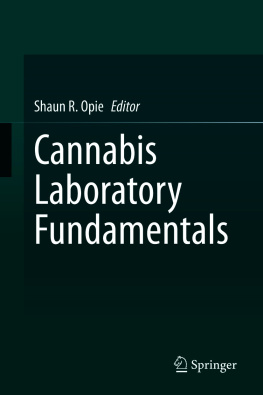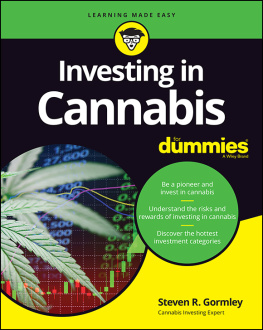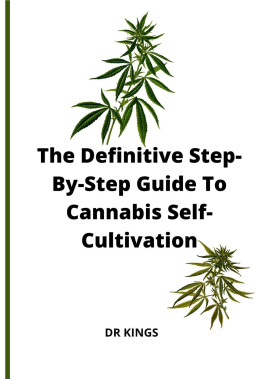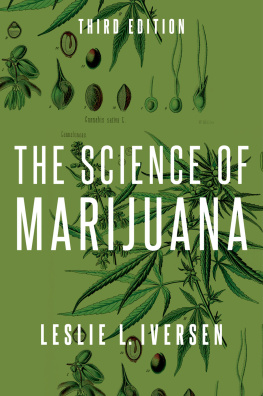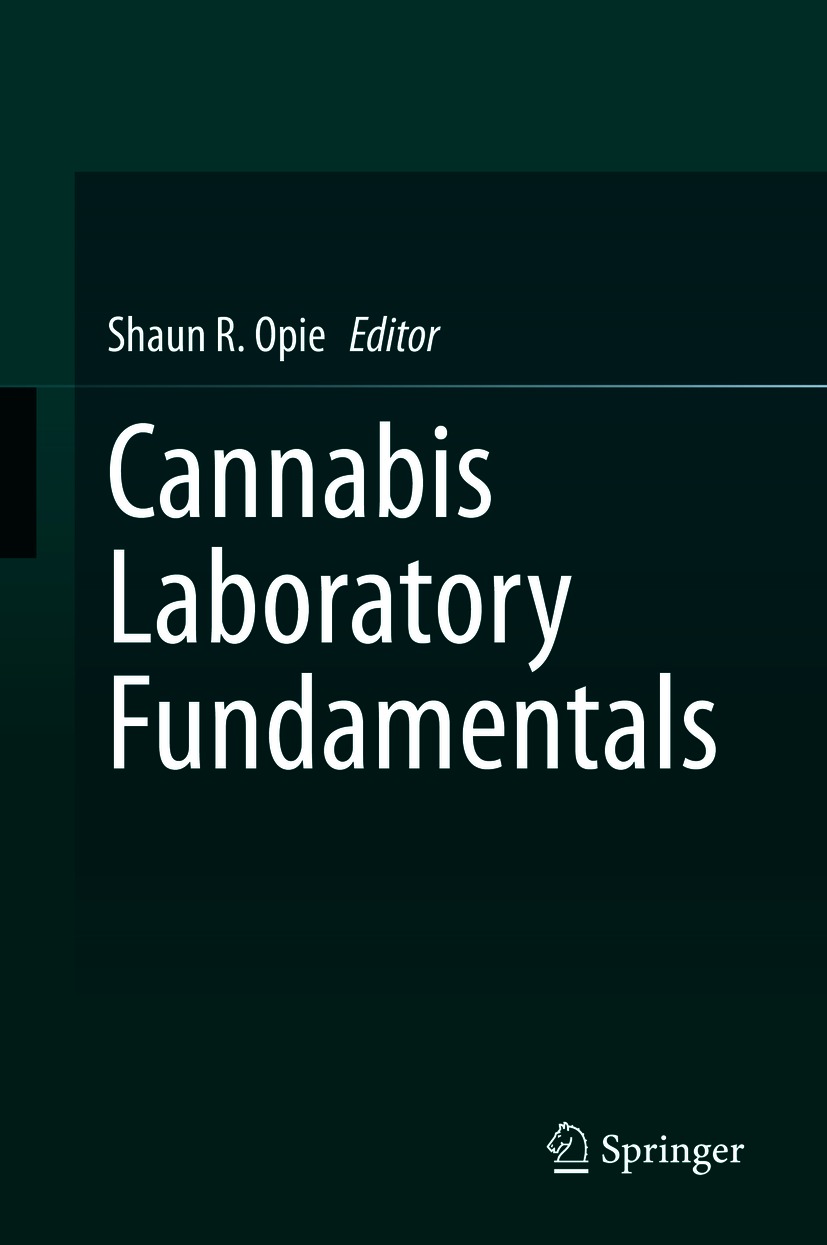Editor
Shaun R. Opie
E4 Bioscience, Charlevoix, MI, USA
ISBN 978-3-030-62715-7 e-ISBN 978-3-030-62716-4
https://doi.org/10.1007/978-3-030-62716-4
Springer Nature Switzerland AG 2021
This work is subject to copyright. All rights are reserved by the Publisher, whether the whole or part of the material is concerned, specifically the rights of translation, reprinting, reuse of illustrations, recitation, broadcasting, reproduction on microfilms or in any other physical way, and transmission or information storage and retrieval, electronic adaptation, computer software, or by similar or dissimilar methodology now known or hereafter developed.
The use of general descriptive names, registered names, trademarks, service marks, etc. in this publication does not imply, even in the absence of a specific statement, that such names are exempt from the relevant protective laws and regulations and therefore free for general use.
The publisher, the authors and the editors are safe to assume that the advice and information in this book are believed to be true and accurate at the date of publication. Neither the publisher nor the authors or the editors give a warranty, expressed or implied, with respect to the material contained herein or for any errors or omissions that may have been made. The publisher remains neutral with regard to jurisdictional claims in published maps and institutional affiliations.
This Springer imprint is published by the registered company Springer Nature Switzerland AG
The registered company address is: Gewerbestrasse 11, 6330 Cham, Switzerland
Preface
Thank you for purchasing this book.
Welcome to the first edition of Cannabis Laboratory Fundamentals. This book aims to help cannabis laboratory owners and operators, investors and investment firms, business professionals, financial experts, regulators, lobbyists, government officials, cannabis enthusiasts, and others who want to evaluate the opportunities and risks of cannabis safety testing. In addition, we believe that industries likely to become involved with cannabis in the future including pharmaceutical companies, food safety testing companies, beverage companies, and universities and colleges preparing to educate cannabis laboratory technicians and/or offer cannabis entrepreneurship courses will find the information in this book helpful. Cannabis safety testing is an area within the emerging cannabis market that is legally separated from cultivation, extraction, processing, distribution, and retail allowing individuals and organizations who may have been reluctant to enter previously a new entry route to the cannabis space. The current interest in cannabis laboratories is good for the industry by helping to bring both investor and consumer awareness to the importance of safety testing.
This book brings together a whos who of experts in the cannabis industry to share their working knowledge. Initially, we hoped to recruit practitioners employed by an established cannabis laboratory or a supporting ancillary field such as an instrument or consumable vendor, consulting agency, legal firm, investment bank, or venture capital group. As work progressed, we realized that it was necessary since there are a very limited number of potential contributors with a university affiliation. Further, academic groups we identified were primarily focused on a narrow research topic rather than comprehensive laboratory operations and were unable to dedicate the time necessary to participate. Thus, the contributing authors are dedicated subject matter experts and key opinion leaders who are at the forefront of commercial cannabis safety testing. Every effort was made to reduce commercial bias from vendors and manufacturers, but we acknowledge that these groups are the most knowledgeable about the products and services that they provide. We believe that this will provide a business-centric perspective on the industry and offer tangible, real world considerations and information that can be applied in a cannabis safety testing laboratory.
The cannabis industry is new and will cycle though many rounds of growing pains at both the state and federal level. With those changes in mind, it is imperative to appreciate that what is published today will become dated, and possibly obsolete, over the next few years as technology, standards, and regulations become more refined. We believe that this book contains the most current information available at the time of printing but acknowledge that portions of the book will need to be updated and revised.
While numerous books about cannabis cultivation, extraction, ethnobotany, phytochemicals, effect on consciousness are available, to our knowledge, this is the first reference book that addresses the spectrum of issues associated with setting up and maintaining a cannabis safety testing laboratory. This book aims to share with you some of the information, strategies, and tactics that directly apply to cannabis testing laboratories and provide recommendations to avoid commonbut expensivemistakes. What makes a cannabis safety testing laboratory both good and successful is not simply one or two key functions, but rather a broad list of activities and assets that need to be implemented and combined in a cogent order with exceptional employees. The foundational activities that occur in the first 6 months of planning and the level of available funding will be a major determinant of the long-term success of the laboratory.
This book refers to cannabis, marijuana, and hemp with specificity. Cannabis is a species of plant that includes both hemp and marijuana. Historically, the distinction between hemp and marijuana is the total available amount of 9-tetrahydrocannabinol (9-THC). A cannabis plant is classified as hemp if it has a 9-THC of less than 0.3% of a dry weight basis and marijuana if the 9-THC is higher. Not surprisingly, the 9-THC concentration of a cannabis plant is measured in a laboratory. The legislative requirement for laboratory tested cannabis follows legalization of medical and recreational use marijuana in every US state to date as well as the production and sale of hemp.
Like a clinical blood specimen from a hospitalized patient or water aliquot from a potentially contaminated site, a cannabis plant sample is tested in an analytical laboratory. Regardless of the source of a sample requiring measurement, clinical, environmental, and cannabis laboratories share many business, compliance, operational, and technical themes that need to be addressed in relationship to the sample type. Analytical laboratories that perform cannabis safety testing do so by examining the safety and quality properties of samples of the plant and its derivatives. To address these testing needs, this book is divided into two parts. Part 1 is primarily non-technical that discusses business planning (Chap. ). Part 2 is technical and discusses the nuts and bolts of the primary tests that cannabis laboratories offer, the range of laboratory instrumentations and various analytes that can be tested, and in certain cases, methodology examples.
This book has some omissions. First, cannabis extraction laboratories are not represented because of tight publishing deadlines and the deliberate intent to limit the scope of this reference book to safety testing. We fully recognize that extraction laboratories are an essential component of the cannabis supply chain. Much of the information presented in the book can and does apply to them, but the book does not discuss extraction technology and instrumentation. Second, a chapter on cannabis sampling is not available because we could not identify and recruit qualified authors. Any laboratory trained staff will agree that sampling is a critical part of the analytical portion of testing and needs to be treated with the same rigor and oversight as any other laboratory process. For the same reasons as sampling, water activity and moisture content testing are not included, although we appreciate the importance of these tests as a basis of certain calculations to meet compliance standards. Chapters relevant to processing laboratories, sampling, water activity, moisture content, and others will be included in the 2nd edition or the next volume.

